Select an Orthopaedic Specialty and Learn More
Use our specialty filter and search function to find information about specific orthopaedic conditions, treatments, anatomy, and more, quickly and easily.
GET THE HURT! APP FOR FREE INJURY ADVICE IN MINUTES
Shoreline Orthopaedics and the HURT! app have partnered to give you virtual access to a network of orthopaedic specialists, ready to offer guidance for injuries and ongoing bone or joint problems, 24/7/365.
Browse Specialties
-
- Joint Disorders
- Knee
- Ligament Disorders
- Sports Medicine
ACL Injuries & Reconstruction
One of the most common knee injuries is an ACL sprain or tear. Athletes who participate in high demand sports like soccer, football and basketball are more likely to injure their anterior cruciate ligaments. About half of all ACL injuries occur along with damage to other structures in the knee, such as articular cartilage, meniscus, or other knee ligaments.
More Info -
- Fractures, Sprains & Strains
- Neck and Back (Spine)
- Sports Medicine
Cervical Fracture (Broken Neck)
A cervical fracture (broken neck) is a fracture or break that occurs in one of the seven cervical vertebrae. Following an acute neck injury, patients may experience shock and/or paralysis, as well as bruising or swelling at the back of the neck. Conscious patients may experience severe neck pain, but this is not necessarily the case.
More Info -
- Hand & Wrist
Dupuytren’s Contracture
Dupuytren’s contracture is a thickening of the fibrous tissue layer underneath the skin of the palm and fingers. It is a painless condition and not dangerous, however, the thickening and tightening (contracture) of this fibrous tissue can cause the fingers to curl (flex).
More Info -
- Knee
- Pediatric Injuries
- Sports Medicine
Patella Tendinitis & Patella Tendinosis
Pain in the patella tendon is a common problem, especially in people who participate extensively in running or jumping activities. Pain in the patella tendon can be separated into two main conditions: patella tendinitis and patella tendinosis.
More Info -
- Joint Disorders
- Minimally Invasive Surgery (Arthroscopy)
- Shoulder
Shoulder Arthroscopy
Shoulder arthroscopy may relieve the painful symptoms of many problems that damage the rotator cuff tendons, labrum, articular cartilage, or other soft tissues surrounding the joint. This damage may be the result of an injury, overuse, or age-related wear and tear.
More Info -
- Joint Disorders
- Shoulder
- Sports Medicine
Shoulder Dislocation
A dislocated shoulder occurs when the head of the upper arm bone (humerous) is either partially or completely out of its socket (glenoid). Whether it is a partial dislocation (subluxation) or the shoulder is completely dislocated, the result can be pain and unsteadiness in the shoulder.
More Info -
- Joint Disorders
- Joint Replacement & Revision
- Shoulder
Shoulder Replacement
In shoulder replacement surgery, the damaged parts of the shoulder are removed and replaced with artificial components, called prosthesis. Options include replacement of only the ball (head of the humerus bone), or replacement of both the ball and the socket (glenoid).
More Info -
- Joint Disorders
- Shoulder
- Sports Medicine
SLAP Tear
A SLAP (Superior Labrum Anterior and Posterior) tear is an injury to the top (or superior) part of the labrum. SLAP tears can be the result of acute trauma, or repetitive overhead sports, such as throwing athletes or weightlifters, have an increased risk of injury to the superior labrum. Many SLAP tears are the result of a wearing down of the labrum that occurs slowly over time.
More Info -
- Diagnostics & Durable Medical Equipment (DME)
Traditional X-RAY, CT Scan, MRI
Diagnostic imaging techniques are often used to provide a clear view of bones, organs, muscles, tendons, nerves and cartilage inside the body, enabling physicians to make an accurate diagnosis and determine the best options for treatment. The most common of these include: traditional and digital X-rays, computed tomography (CT) scans, and magnetic resonance imaging (MRI).
More Info


